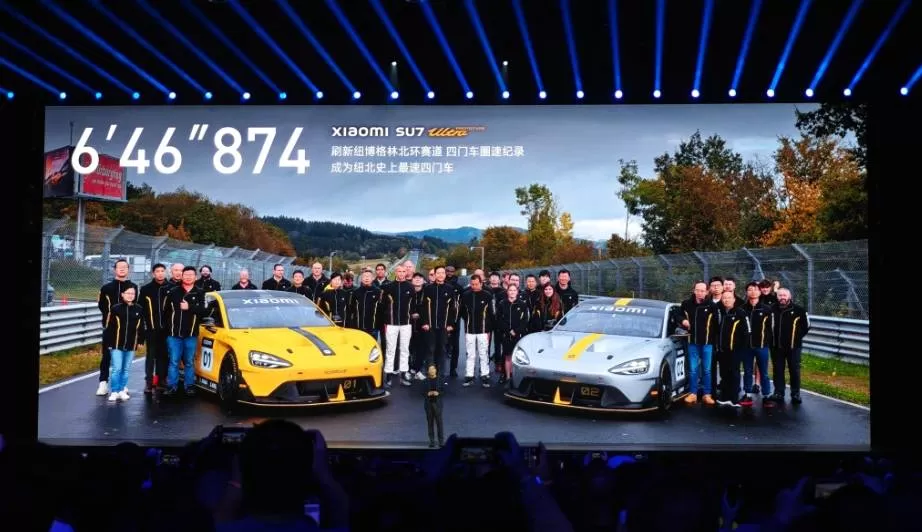As the "midterm exams" for car companies are coming out, many have been making considerable profits. However, there is one company that stands out as somewhat "strange," and that company is BYD. Why is it considered strange? Well, despite being the undisputed "leader" in terms of sales, BYD's profit per vehicle ranks at the very bottom, even lower than some obscure small brands. What’s going on here? How is it possible that selling more results in earning less?
It turns out that BYD is spending most of its earnings on research and development (R&D)! Data shows that in the first half of this year, BYD invested a whopping 20.2 billion yuan in R&D, a sharp 42% increase from the same period last year. Even more surprisingly, this amount exceeded its net profit by 6.6 billion yuan! Among more than 5.000 publicly listed companies in China, BYD's R&D spending is definitely at the "top of the ceiling."

This 20.2 billion is no small number—where has it all gone? Believe it or not, BYD is sustaining a massive "tech army." Currently, its R&D staff is close to 110.000 people, making it the automaker with the largest R&D team globally. Many traditional car companies, despite decades of technical accumulation, have R&D teams of similar size, if not smaller.
As the saying goes, "You can’t catch a wolf without risking the child." BYD's huge investment in R&D is not just a waste of money but a strategic move to gain an edge in future competition. After all, the "pie" of new energy vehicles is getting bigger, and everyone wants a slice. In this battle, technical strength is the true currency.
BYD’s prowess in technology is no joke. The company has been deeply involved in battery technology for years, amassing extensive experience. Its self-developed blade battery has earned a solid reputation among consumers due to its high safety and stability. Additionally, BYD hasn’t been idle in the smart driving field either, assembling a "smart driving army" of over 4.000 people, with more than 3.000 being software engineers—a scale that is unparalleled in the industry.

Some might ask, is it worth it for BYD to spend so much on R&D? After all, technological R&D requires large investments, has long cycles, and involves high risks, with little chance of short-term returns. However, from a long-term perspective, technological innovation is the core driving force behind a company's development. Especially in the increasingly competitive new energy vehicle market, without solid technology, any company risks being eliminated.
Look at companies that skimp on R&D. Their products either lack core competitiveness and are forced to engage in price wars, or they get left behind by market trends, eventually fading out. In contrast, companies willing to invest in R&D often leverage their technological advantages to continuously launch innovative products that lead the industry, gaining both market share and consumer recognition. Ultimately, this allows for long-term sustainable development.

BYD’s strategy can be compared to a visionary "sower." This sower is willing to endure some hardship now, planting seeds and carefully nurturing them to harvest fruitful rewards in the future. Though the current profit per vehicle is low, as BYD’s technological advantage gradually transforms into market dominance, its profitability will steadily rise. At that point, today’s "sacrifice" will turn into tomorrow’s "harvest."
In fact, it’s not just BYD. Many tech giants understand the principle that "technology is king." Take Huawei, a major player in the smartphone industry, for example. Its R&D investment every year is astronomical, resulting in technological breakthroughs like the Kirin chip and HarmonyOS, enabling it to remain undefeated in fierce market competition.

However, BYD’s "heavy R&D, light profit" strategy is not without risk. Technological R&D is inherently uncertain, and there's no guarantee that newly developed technologies will meet market expectations. It’s possible that these investments could result in nothing, and excessive R&D spending may squeeze profit margins, affecting short-term profitability. If BYD fails to commercialize its technologies in time, it could face significant financial pressure.
BYD’s strategy of "high R&D investment and low profit per vehicle" is based on its confidence in its technical strength and its judgment of future market trends. While there are risks, the long-term benefits clearly outweigh the downsides. Whether this approach will ultimately succeed remains to be seen through the test of time and the market.





